Exciting And Uncommon
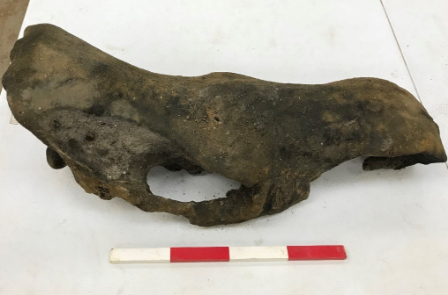
Paleontologist Dean Lomax calls this discovery “exciting” and “quite uncommon.” He also says, “It’s also important that these specimens are appropriately cared for and conserved. These types of bone, especially mammoth tusk, can deteriorate quite poorly if left untreated so great care should be taken with these remains.”
In Collaboration
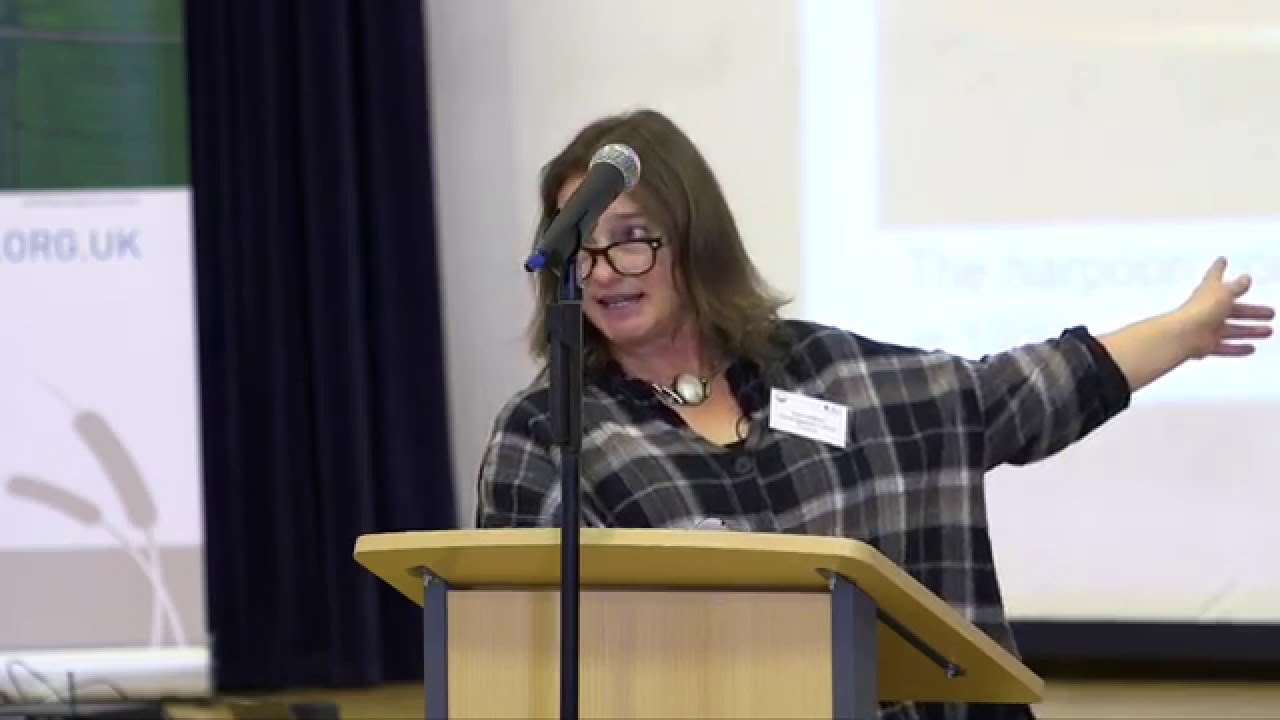
Kasia Gdaniec, senior archaeologist of Cambridgeshire County Council stated, “We’ve been working hard in partnership with Cambridgeshire County Council and our archaeological team to unearth the historical secrets of this area and understand some of the incredible things that have happened in the county. Although our excavations as part of this work will soon be finished, Highways England will continue to respect our country’s environmental and cultural heritage across all of our improvement schemes, and we’ll be ensuring that the finds from our work on the A14 are well preserved and accessible to residents.”
A Lesson
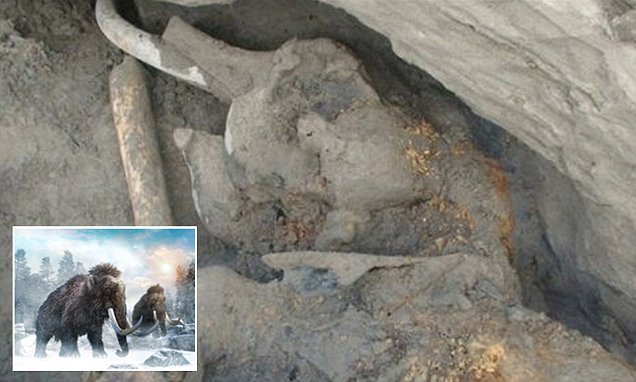
The archeologist further added, “Quarries afford unique opportunities to understand deep time periods of land formation and transformation and enable us to understand how humans and animals adapted to the changing climatic and environmental conditions. Gravel quarries, such as the one at Fenstanton, provide valuable evidence of ice ages and warm periods, or interstadials, and require specialist investigation to interpret the evolution of the landscapes represented by the mineral and sedimentary series within them.”
Just The Latest
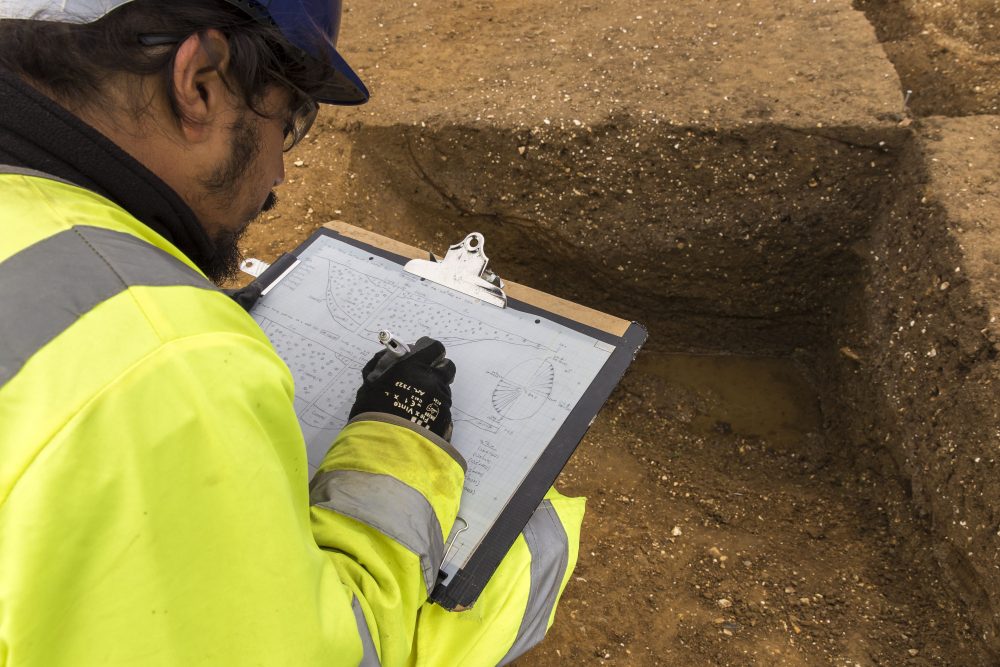
Dr. Steve Sherlock, team leader of Highways England cultural heritage, “These discoveries are just the latest in a line of amazing finds that the team has unearthed since this work began at the end of 2016.“All of these finds are testament to the rich history of the region, and in particular this local area around the A14 in Cambridgeshire.”
Triggering More Events
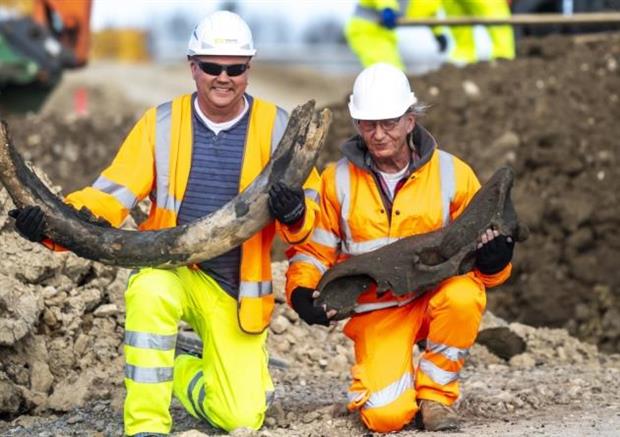
The consultant paleolithic archeologist for MOLA Headland Infrastructure, Dr. Bill Boismier, “We’re going to be starting a major programme of environmental sampling to better understand the environment the animals lived in – what was before it and what was after it,” “You’ve got sedimentary evidence of frozen ground – it was all permafrost at one time. There were no people around, just a basic Ice Age environment.”
